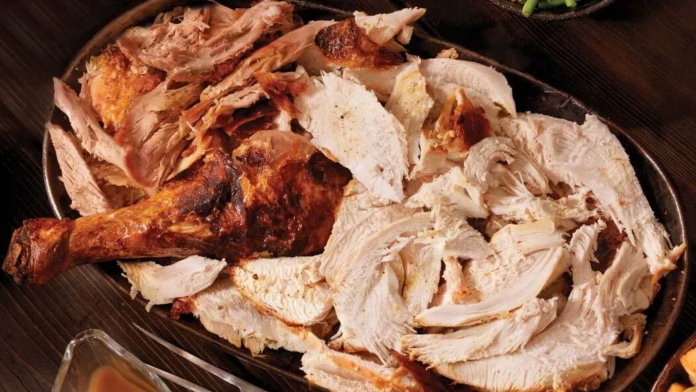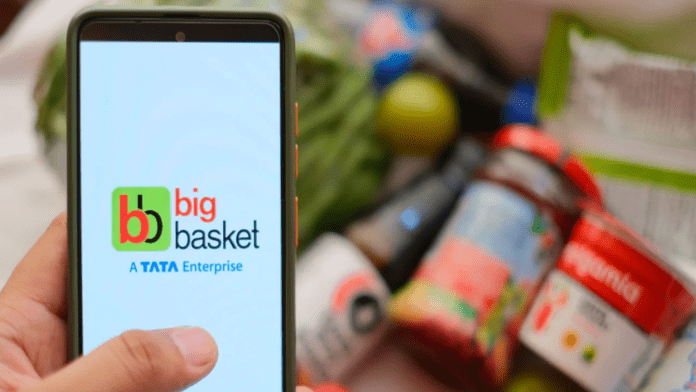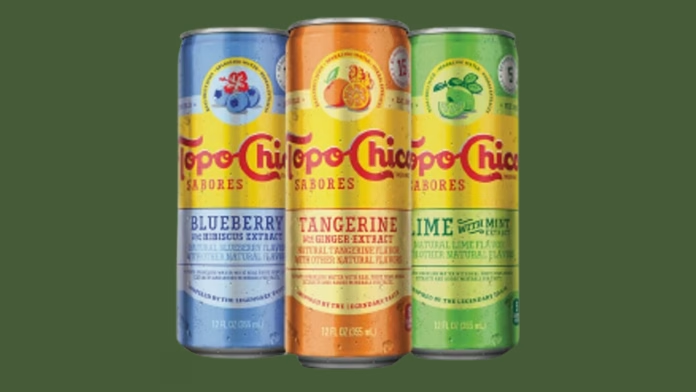When it comes to choosing between white meat and dark meat, there’s often confusion about which is healthier. While both types of meat have their own nutritional benefits, there are a few key differences between them that can help you make an informed decision.
White Meat vs. Dark Meat: What’s the Difference?
The primary difference between white meat and dark meat is the amount of myoglobin, a protein that stores oxygen in muscle tissue. White meat, which comes from muscles that are used for short bursts of activity, such as flying or running, has less myoglobin and is therefore lighter in color. Dark meat, on the other hand, comes from muscles that are used for sustained activity, such as walking or standing, and has more myoglobin, giving it a darker color.
White meat is typically found in poultry, such as chicken and turkey, while dark meat is found in the legs and thighs of these birds, as well as in red meats like beef and pork.
Nutritional Differences Between White Meat and Dark Meat
While both types of meat are good sources of protein, they differ in terms of their nutritional profiles. Here are some of the key differences:
Calories: White meat is generally lower in calories than dark meat. A 3-ounce serving of skinless chicken breast contains about 140 calories, while a similar serving of skinless chicken thigh contains about 180 calories.
Fat content: Dark meat is higher in fat than white meat. A 3-ounce serving of skinless chicken breast contains about 3 grams of fat, while a similar serving of skinless chicken thigh contains about 9 grams of fat.
Cholesterol: Both types of meat contain cholesterol, but dark meat is slightly higher. A 3-ounce serving of skinless chicken breast contains about 73 milligrams of cholesterol, while a similar serving of skinless chicken thigh contains about 86 milligrams.
Vitamins and minerals: Dark meat is richer in vitamins and minerals than white meat. It contains more iron, zinc, and vitamin B12 than white meat.
Which is Better for You: White Meat or Dark Meat?
The answer to this question depends on your individual health needs and preferences. Here are some things to consider:
Weight Loss: If you’re trying to lose weight or maintain a healthy weight, white meat is the better choice. It’s lower in calories and fat than dark meat, which can help you stay within your daily calorie and fat limits.
Heart Health: If you’re concerned about heart health, both types of meat can be part of a healthy diet, as long as you choose lean cuts and practice moderation. However, white meat is generally considered to be a better choice, as it’s lower in saturated fat and cholesterol than dark meat. So, if you have heart disease or high cholesterol, white meat is a better choice than dark meat.
Muscle Health: If you’re an athlete or have an active lifestyle, you may benefit from including more dark meat in your diet. It’s higher in iron, which is important for muscle health and performance.
Taste: Ultimately, the choice between white meat and dark meat often comes down to taste preference. While some people prefer the milder flavor of white meat, others enjoy the richer taste of dark meat.
Iron Deficiency: If you are iron deficient, dark meat is a better choice than white meat. It is higher in iron, which can help boost your iron levels.
White meat and dark meat each have their own nutritional advantages and disadvantages. While white meat is lower in calories and fat, dark meat is higher in iron and zinc. The choice between white meat and dark meat ultimately depends on your individual health goals and dietary requirements.
If you are trying to lose weight or reduce your risk of heart disease, white meat is a better choice. If you are looking to boost your iron levels, dark meat is a better choice.









